If you slap your hands together and rub them back and forth, you’ll feel your skin start to warm. Why is that? If you answered friction, you’re right. But what is friction really? Would your hands feel warmer if they were larger? Or rougher? Or darker? What sorts of things affect the amount of friction between two surfaces?If you read a textbook from twenty years ago, you’ll find some things have changed about how we think about friction. Engineers used to only look at surface roughness… but then they took a look on the molecular level and saw a few things that made us update our way of thinking about treads.
Select a Lesson
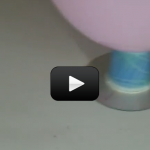 | Simple Hovercraft Hovercraft transport people and their stuff across ice, grass, swamp, water, and land. Also known as the Air Cushioned Vehicle (ACV), these machines use air to greatly reduce the sliding friction between the bottom of the vehicle (the skirt) and the ground. |
| Tracking your Treads Now let’s talk about the other ever present force on this Earth, and that’s friction. Friction is the force between one object rubbing against another object. Friction is what makes things slow down. | |
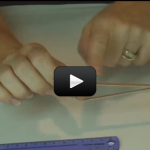 | What a Drag! There’s a couple of misconceptions that I’d like to make sure get cleared up here a bit. I don’t want to go into too much detail but I want to make sure to mention these as they may be important as you go deeper into your physics education. |
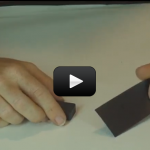 | Stick & Slip Friction is everywhere! Imagine what the world would be like without friction! Everything you do, from catching baseballs to eating hamburgers, to putting on shoes, friction is a part of it. |
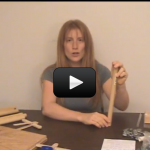 | Exponential Friction Find a smooth, cylindrical support column, such as those used to support open-air roofs for breezeways and outdoor hallways (check your local public school or local church). |
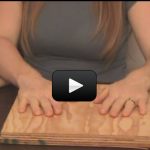 | Bearings Stand on a cookie sheet or cutting board which is placed on the floor (find a smooth floor with no carpet). Ask someone to gently push you across the floor. Notice how much friction they feel as they try to push you. |
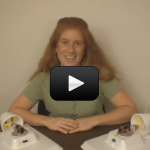 | Hovercraft Hovercraft transport people and their stuff across ice, grass, swamp, water, and land. Also known as the Air Cushioned Vehicle (ACV), these machines use air to greatly reduce the sliding friction between the bottom of the vehicle (the skirt) and the ground. |
